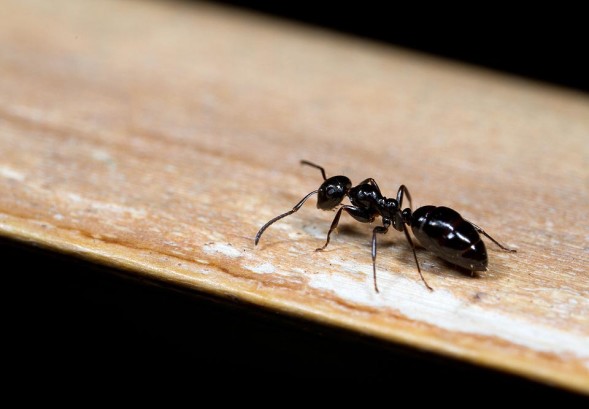Living in the city means dealing with household pests. They come in a wide variety of species, and they pop up in every neighborhood. When confronting a pest problem or trying to prevent one, NYC residents tend to think first about what chemicals they can safely use to kill off the invaders. They try to keep their homes clean, not leave food out, and seal off cracks in their walls. However, there is another important area to consider when it comes to pest prevention and control, plumbing problems as diagnosed by NYC plumbers.

What is the link between poor plumbing and pest problems?
Pests often love damp environments. Roaches are in constant search of water, whether it is accumulating under your sink or in your walls (roaches might go for weeks without food, but they still have an urgent need for water). Carpenter ants and termites love chewing through damp wood; it gives them moisture and even easier access to your home. Mosquitoes congregate around stagnant pools of virtually any size and breed there.
Pests can also make any existing plumbing problems worse. For example, rodents can block or chew away plumbing components. Even a single dripping faucet or a small leak can wind up becoming the source of significant pest problems. No matter how clean you keep your home, it will remain attractive to pests if you do not take care of the moisture caused by plumbing issues.
As experienced NYC plumbers, we can inspect your home for plumbing vulnerabilities and problems that attract pests. We can uncover and fix leaks of which you may not even be aware. We will look for faulty pipes, valves, and sink traps along with inadequate seals around your bathtub or toilet that might be leaking water into your floor or walls.
Contact Aladdin Plumbing to discuss your plumbing NYC needs. Good plumbing is essential for the integrity of your home, and crucially, it serves as a safeguard against out-of-control pests.
